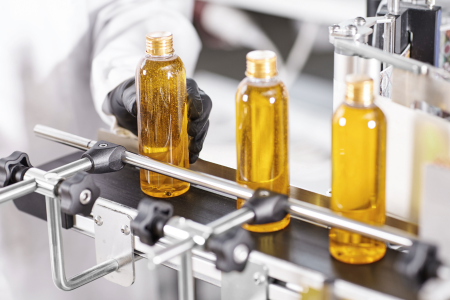In the realm of industrial machinery maintenance, ensuring optimal performance and longevity is of paramount importance.
Machinery operators, maintenance professionals, and engineers strive to keep equipment running. A vital tool in achieving this goal is oil sample extraction, a critical technique that provides insights into the health and condition of machinery lubricants. This guide will delve into oil sample extraction, exploring various techniques and methods to improve machinery reliability.

Maintaining industrial machinery's optimal performance and longevity is a shared goal among operators, maintenance professionals, and engineers. Central to this endeavour is oil sample extraction, a technique that provides invaluable insights into the health and condition of machinery lubricants. This comprehensive guide explores various facets of oil sample extraction, catering to a wide readership seeking to bolster their machinery maintenance practices.
A pivotal starting point in this journey is understanding the diverse access methods. Machinery components nestled in inaccessible or enclosed locations pose challenges when extracting oil samples. Drain ports, sampling valves, and magnetic plugs emerge as common access points with distinct advantages and limitations. Successful oil sample extraction hinges on the adept selection of an access method that aligns with the specific machinery's design and characteristics.

Sampling fluids at atmospheric pressure is foundational in the oil sample extraction realm. Particularly relevant for machinery components with accessible sampling points, this method involves attaching a sampling bottle or vacuum pump to the designated port, allowing the lubricant to flow into the container. Yet, simplicity does not diminish its significance. Precision in technique and equipment selection is imperative to secure accurate and representative samples, emphasizing the importance of adhering to recommended sampling frequencies to track lubricant conditions over time.
Embracing technological evolution, advanced sampling extraction methods emerge as a beacon of innovation. These methods provide more precise and efficient ways to track lubricant health. A standout approach involves specialized pumps capable of extracting samples from pressurized systems without compromising lubricant integrity. This leap reduces contamination risks and offers a more precise assessment of lubricant conditions within the machinery. Within this technological progress framework, sample tubes and vacuum devices assume critical roles. These components ensure the accuracy and reliability of extracted samples, preventing cross-contamination among different models and facilitating effective extraction even from intricate machinery geometries.

The fusion of technology and maintenance culminates in the concept of the condition monitoring pod. This paradigm shift integrates sensors and equipment within pods to enable continuous machinery condition monitoring. Some pods even feature automated oil sampling systems, eliminating manual intervention. Beyond oil sample extraction, these pods provide real-time insights into machinery performance, underlining the industry's commitment to proactive and precision-based maintenance practices. In a landscape where machinery downtime can have cascading effects, mastering the art of oil sample extraction becomes not just a technique but a strategic investment in machinery longevity and uninterrupted performance.
As technology advances, the integration of automation and condition monitoring, exemplified by condition monitoring pods, showcases the industry's dedication to refining maintenance. Staying informed about the latest techniques and integrating them into maintenance routines empowers professionals to ensure reliable machinery operations. For precision maintenance, CRE Philippines' MachineDiagnostics™ Program offers an ideal platform. Organizations can harness expert insights and advanced diagnostics through the program to optimize machinery reliability and performance. Elevate your maintenance practices with CRE Philippines and unlock unparalleled machinery efficiency.
Source:
Fitch, B. (2014, April). Anatomy of a Representative Oil Sample: Part 2 - Sample Extraction Tools. Machinery Lubrication. https://www.machinerylubrication.com/Read/29705/oil-sample-extraction


